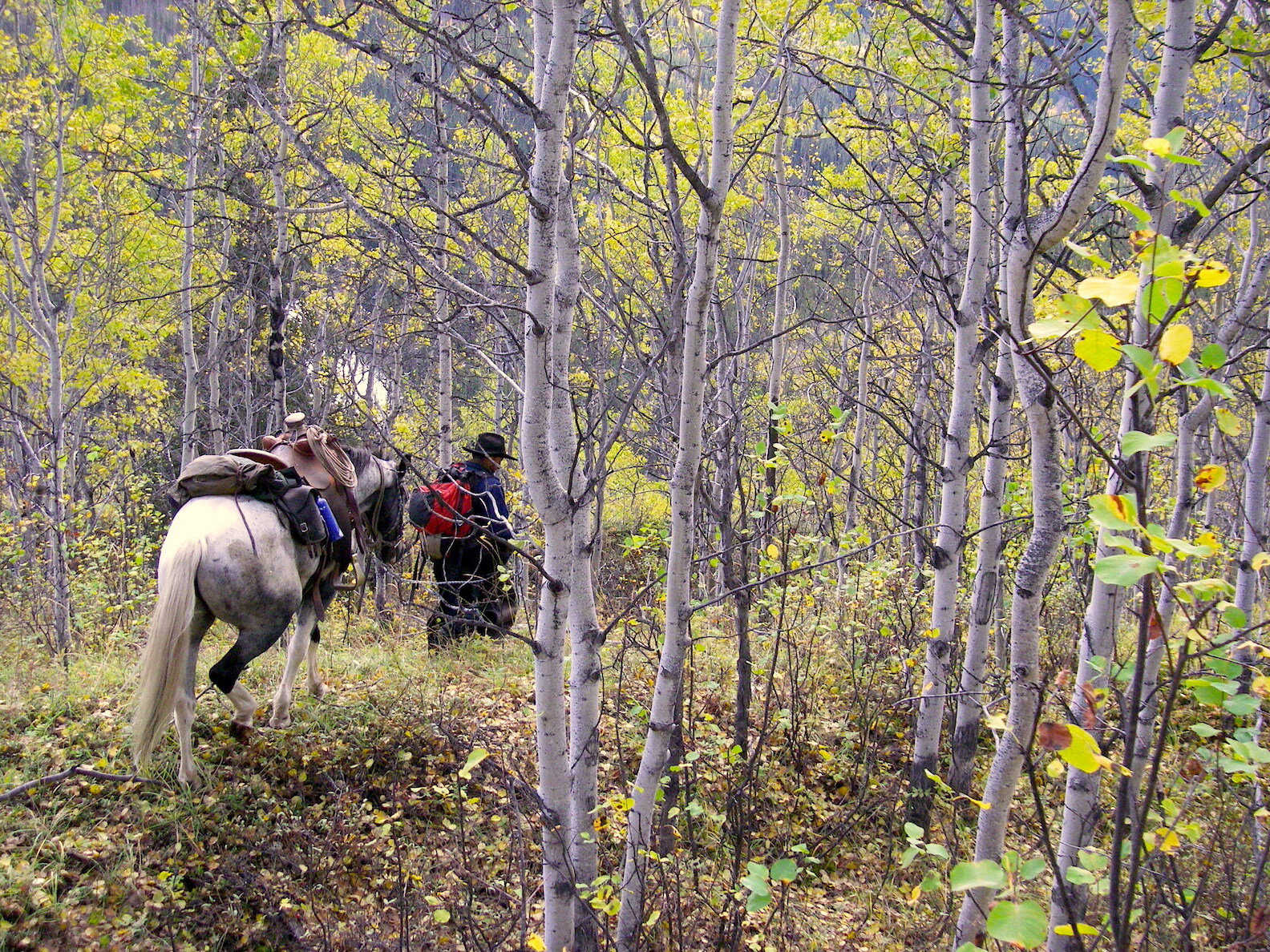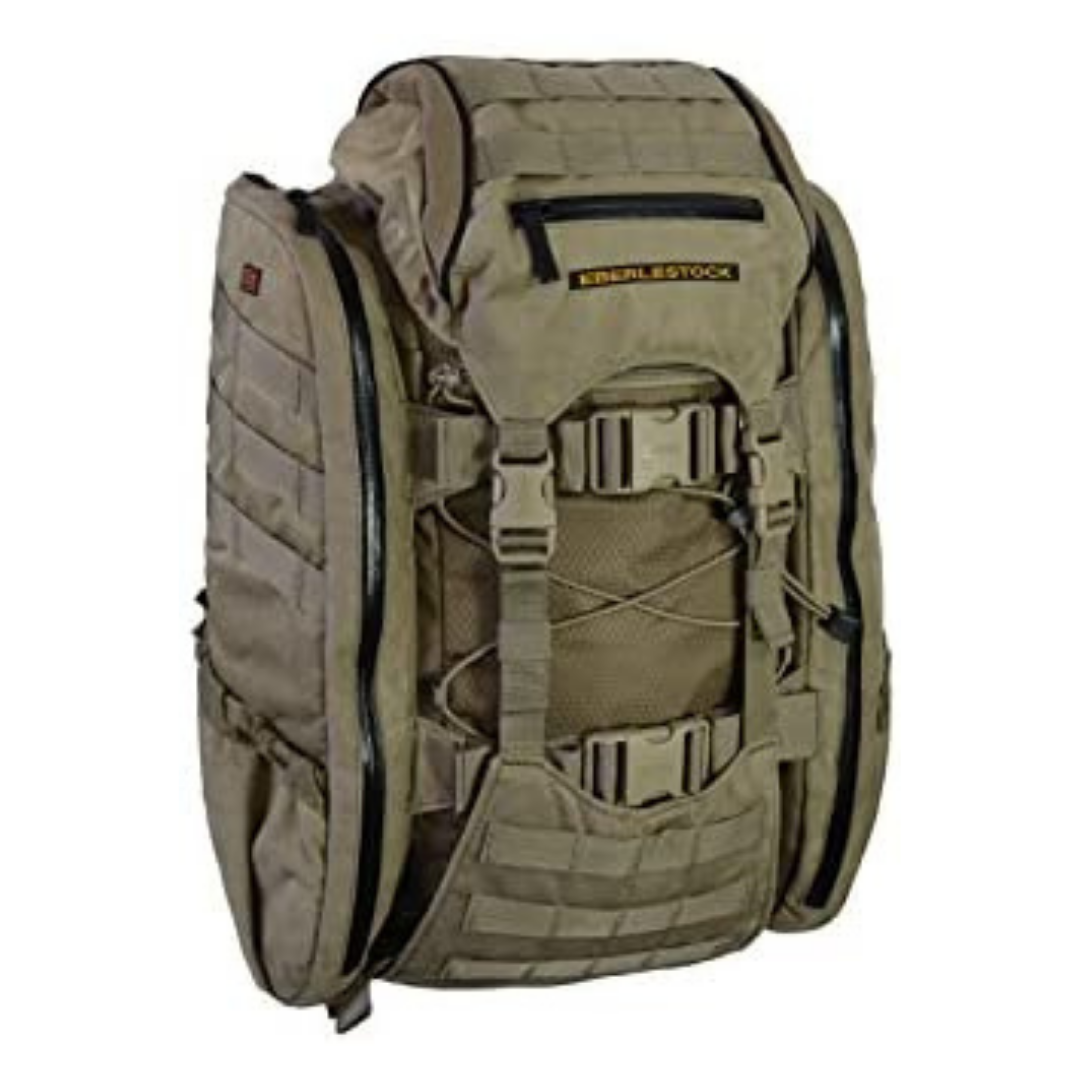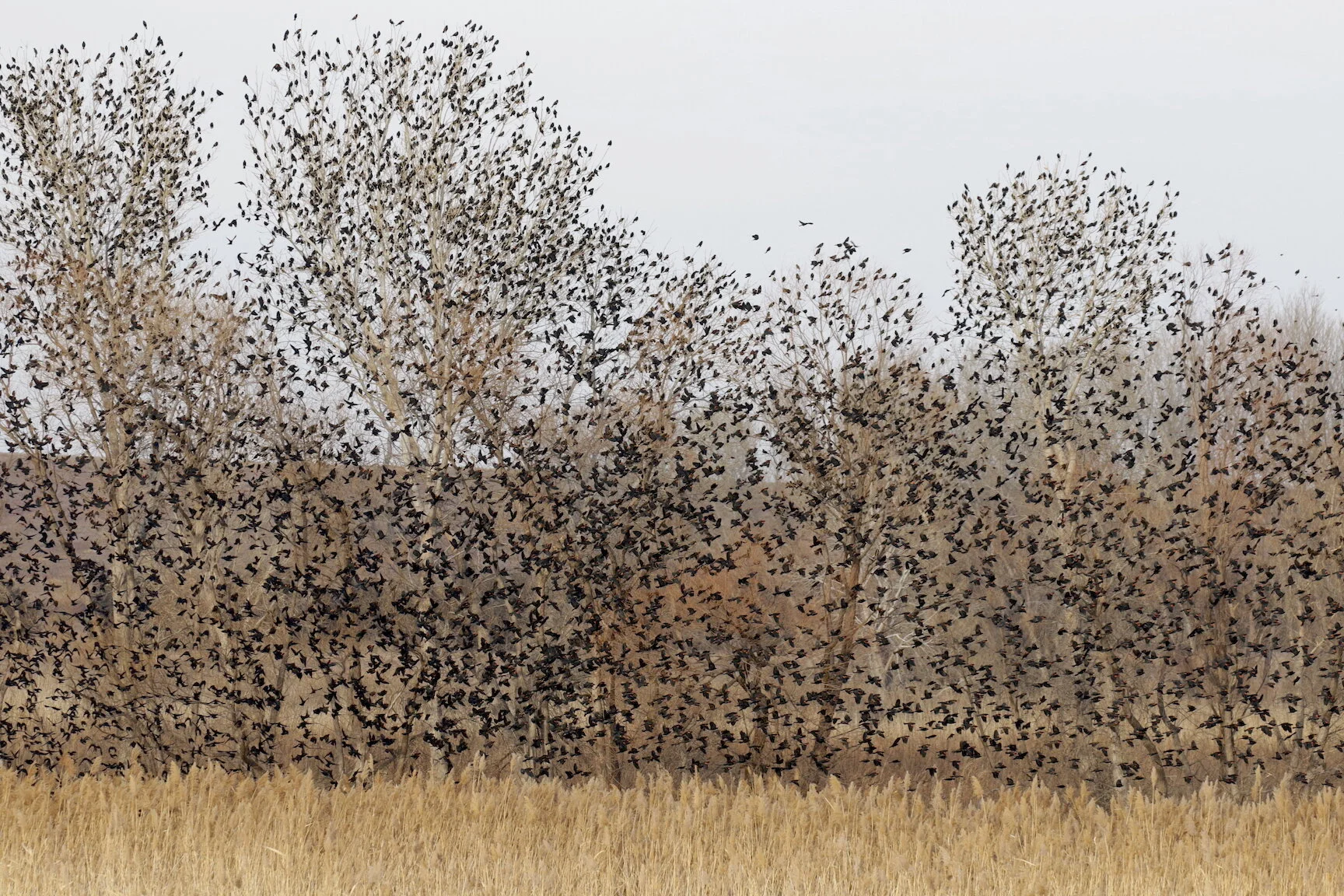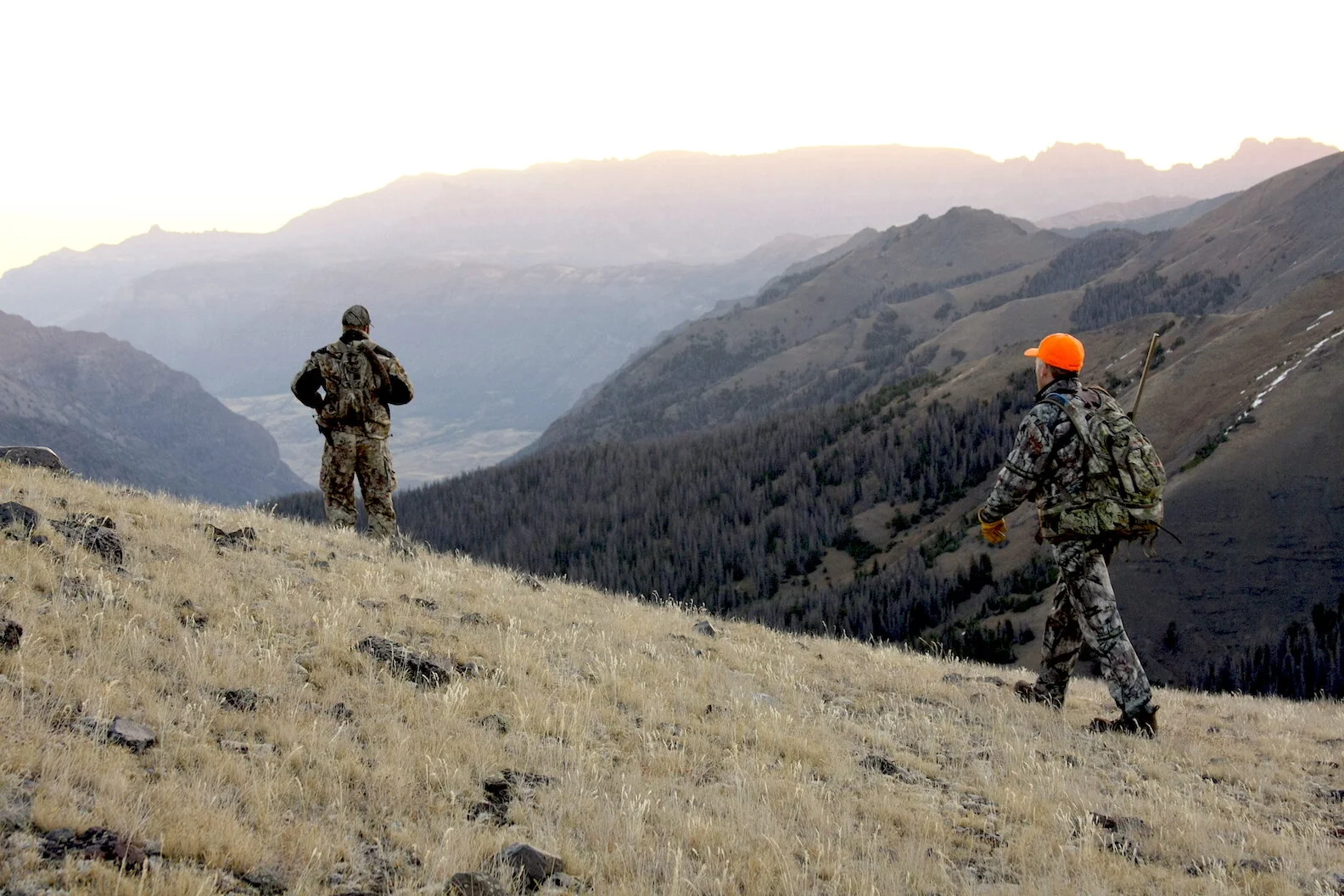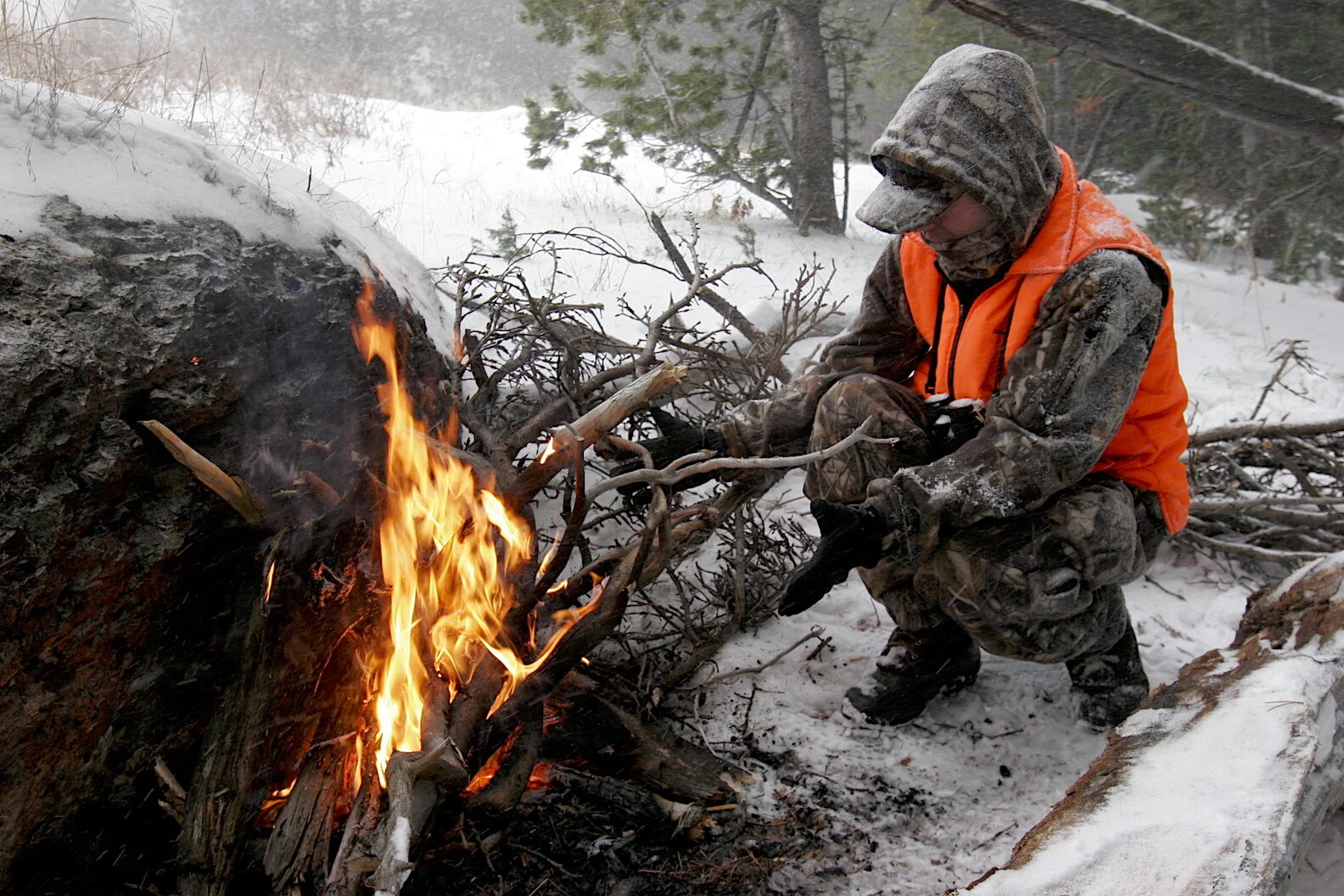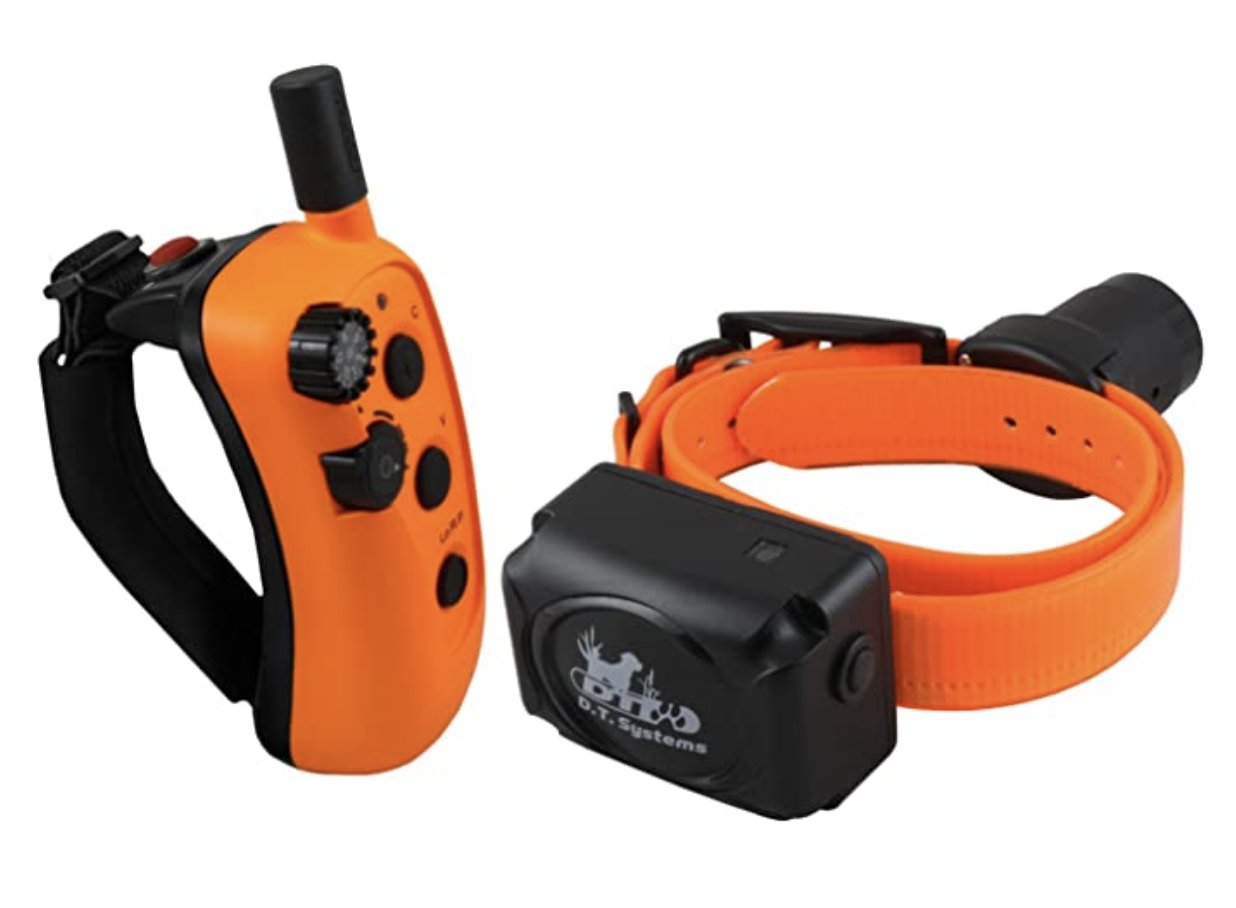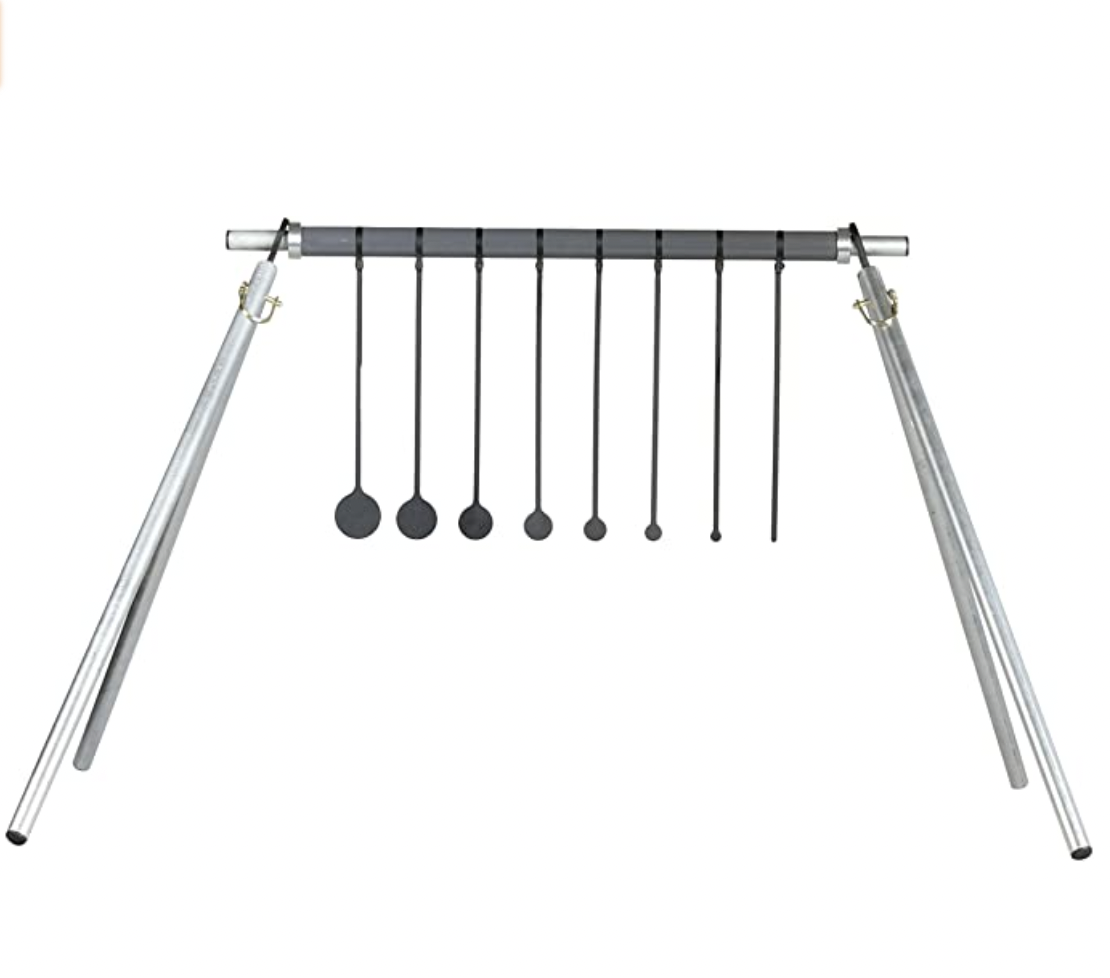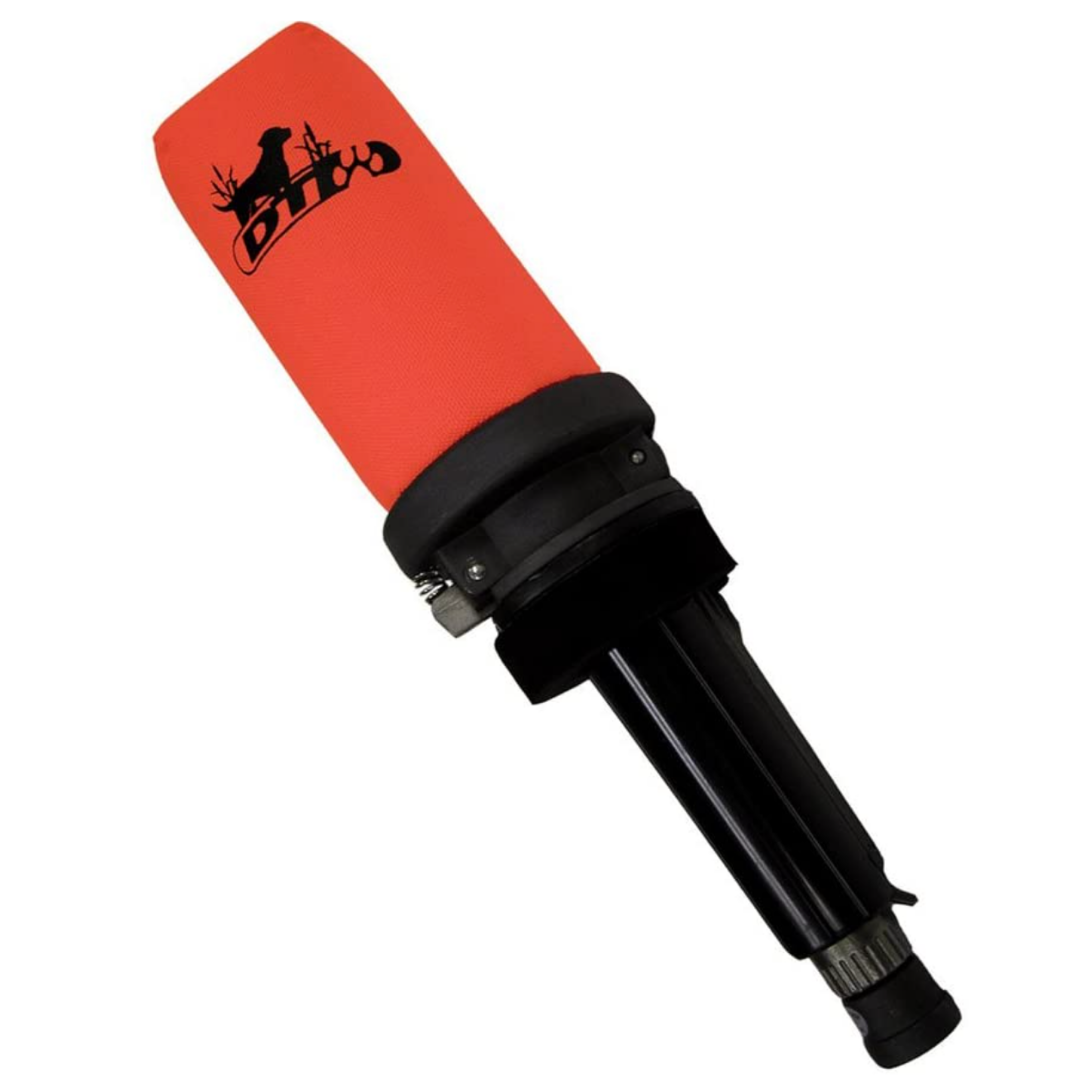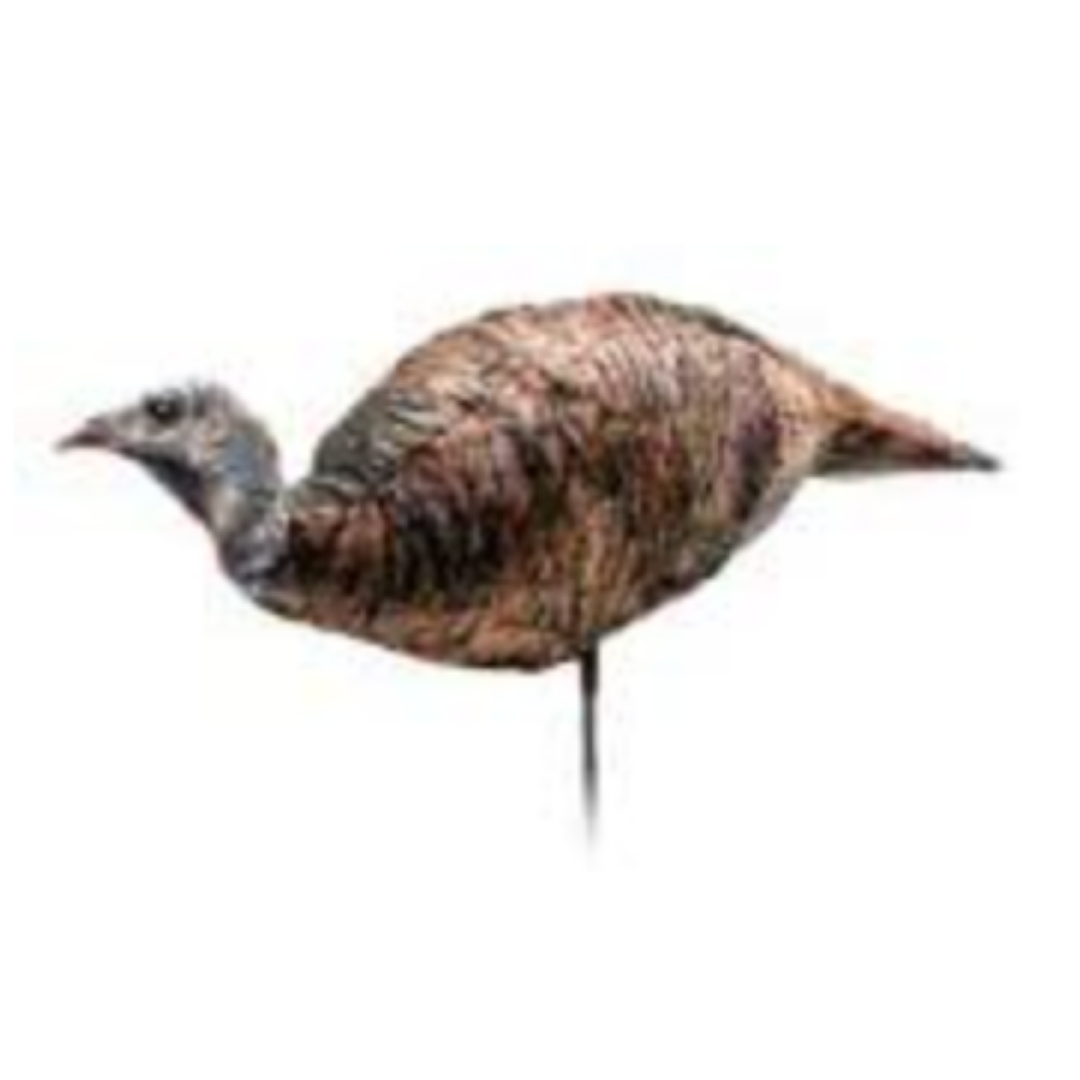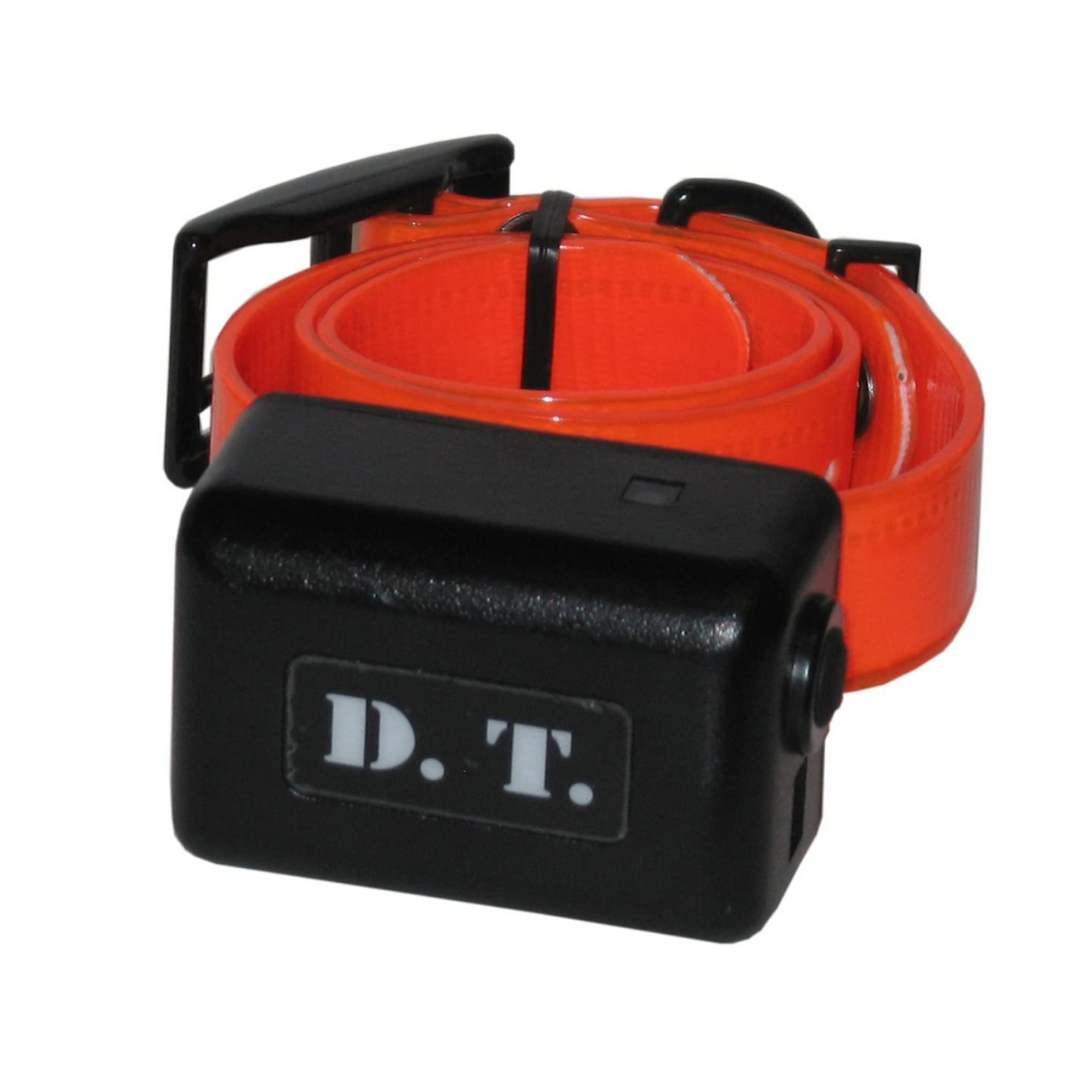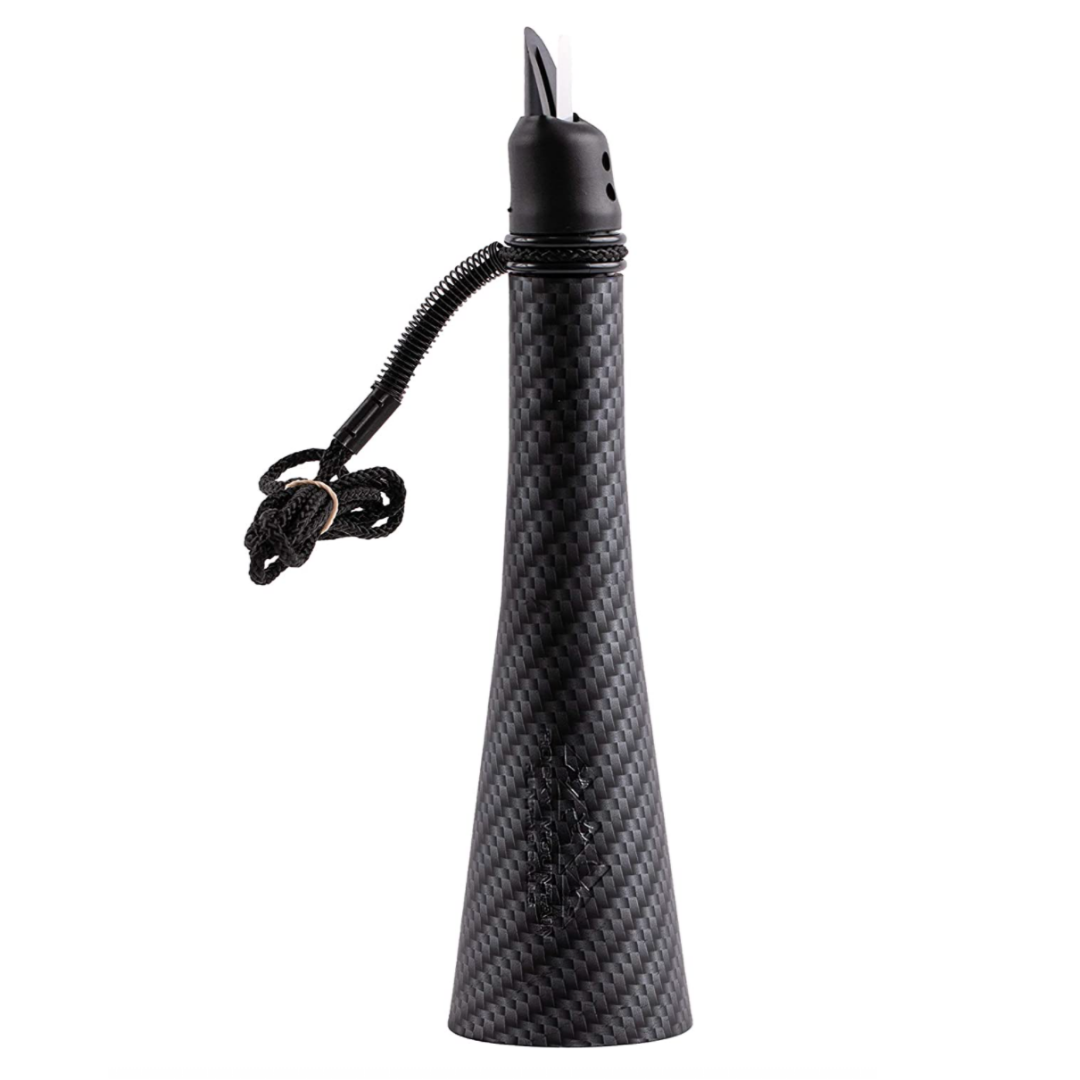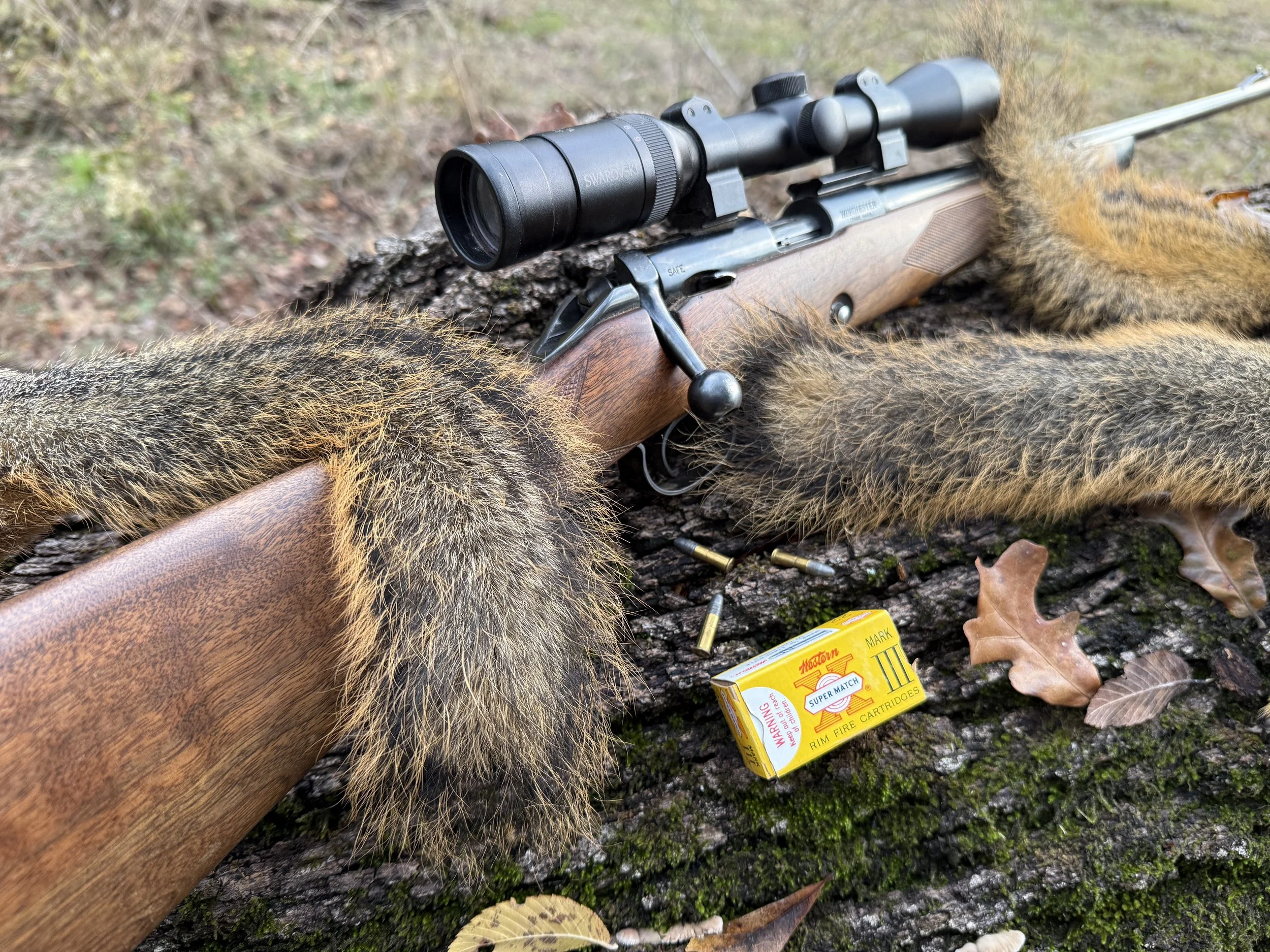Do You Have The Ultimate Hunting Tools?
by Ron Spomer
I had to stop and stare when I saw this ad (above.) They’re claiming a smartphone app is the Ultimate Hunting Toolset?
Silly me. I would have expected a rifle, shotgun, or bow. A good pair of boots and a wool jacket. A fine knife. A compass and fire starter. A roll of TP in a ziplock plastic bag. And a day pack in which to carry things.
But a smartphone?
Dan Boone and Ishi are rolling over in their graves.
This is just one more part of technology’s slippery slope on which hunters are sliding into obsolescence. If we continue blindly accepting it, we’ll soon be hunters in name only.
What has happened to the American hunter? You know, the rugged, observant, creative, seasoned, confident woodsman? Davey Crockett. Jim Bridge. Kit Carson. Your great grandpa Julius? The guy or gal you could drop in the wilderness nearly naked who’d hike out a week later dirty and smelly but fully clothed and a few pounds heavier. Where are those hunters? Can anyone still find tracks, read browsing sign, build a bivouac shelter from native materials, bone a moose, and find a mountain pass without assistance from three satellites?
Sign of the times. The discovery of electricity and the internal combustion engine enabled humankind to remake the world to such a degree that the average American citizen’s native habitat is plastic and asphalt. We are weaned on video screens in climate controlled caves, more “at home” pressing icons and sucking battery juice than catching frogs and gathering firewood.
With this as our collective comfort zone, it’s no wonder advertisements for outfitted hunts emphasize the amenities more than the game or country. Half a lifetime ago hunters who booked elk hunts expected canvas tents, cots, sleeping bags and campfires. Now the average lodge proclaims five-star rooms with flatscreen TVs, spa, fully equipped game room, gym, high-speed wi-fi, gourmet chef, and yoga instructor. Hunting is optional.
I’m sorry, but that’s not a hunting lodge. That’s a King’s ransom. That’s a pampered Hollywood starlet’s weekend retreat. I’ll take a triple venti, half-sweet, non-fat, caramel macchiato, please. With a sprig of kale.
It’s only natural these days that an advertisement for computerized, digital representations of the outdoor world would be embraced as a Hunting Toolset. These really are the tools many modern hunters use. And darned effectively. The computer savvy can scout more terrain and find more hunting grounds from the comfort of their climate-controlled living rooms than real woodsman could decipher in months of on-ground exploration.
But they can’t see, hear, smell, touch, or feel what they truly seek. Nature’s balm. The real world. The healing world free of artifice.
Yes, finding a place to hunt, defining the saddle or bottleneck in which to waylay a migrating buck are important and fulfilling accomplishments. Online mapping is faster and more efficient than on-ground scouting. Less expensive in most cases, too. But digital scouting precludes much of what makes hunting more than filling out a shopping list. It skips the intimate contact with the actual experience, the real world. You know, the outdoors.
You’re unlikely to hear, see, smell, or feel the rush of a swarm of blackbirds while scouting on your smartphone app.
It comes down to those old fashioned ideas of “fair chase.” Not long after the Wright boys got airborne, hunters discovered they could find concentrations of waterfowl, trophy antlered moose, herds of elk and big bears by “scouting” from overhead. For a time they even shot game while flying overhead — until some wild-eyed idealist asked if we weren’t perhaps taking unfair advantage of technology. In those Wright days, sportsmanship and fair chase ethics were yet new, the unwashed masses still coming to terms with limits on harvest and methods for reaching that harvest. But they were coming around quickly. Dangerously low numbers of formerly abundant species from turkeys to bison had raised red flags across the once seemingly limitless continent. Hunters knew their hunts would be over and over forever if they didn’t show some restraint.
So they lobbied and educated and legislated and initiated novel concepts like closed seasons, short seasons, bag limits, tags and all the rest of what we consider normal regulations. Then they combined restoration, preservation, and habitat enhancement to save and restore the wildlife we loved and still love. Elk, pronghorns, turkeys, deer, bears, cougars… Virtually every game species roared back, some reaching population highs never seen before. Hunting was not only saved, but elevated and perpetuated. And a big part of that elevation was limiting the roll of new and emerging technology. No spotlighting. No pursuing, rounding up, or driving game with trains, planes and automobiles. No fully automatic rifles or shotguns.
Hunters were expected to hunt. Not just to fill their tags, but restore their spirits, reconnect with the flesh, fur, dirt, leaves and limbs of the world in which the human animal had long lived as a wholly natural and integral part of Nature. Hunting was to be restorative, feeding every aspect of what it means to be a hunter.
Perhaps it’s once again time to step back, to shove technology beyond arm’s reach. Perhaps it’s time to rediscover the real reasons the human animal feels this urge to see, pursue, touch, and capture something from the natural world.
BUY NOW
# # #



